by Alessandra Ressa
During World War II Trieste was vital for strategic control of the Adriatic Sea. Nazi Germany considered it a hot spot, and during its occupation from 1943 to 1945 built a defensive line along the coast and hills to protect the territory, port, and shipyards from sea, air, and land attacks.
All around town you can find traces of WWII German occupation — bunkers, tunnels, and fortifications; even a concentration and extermination camp, the only one still standing in Italy.
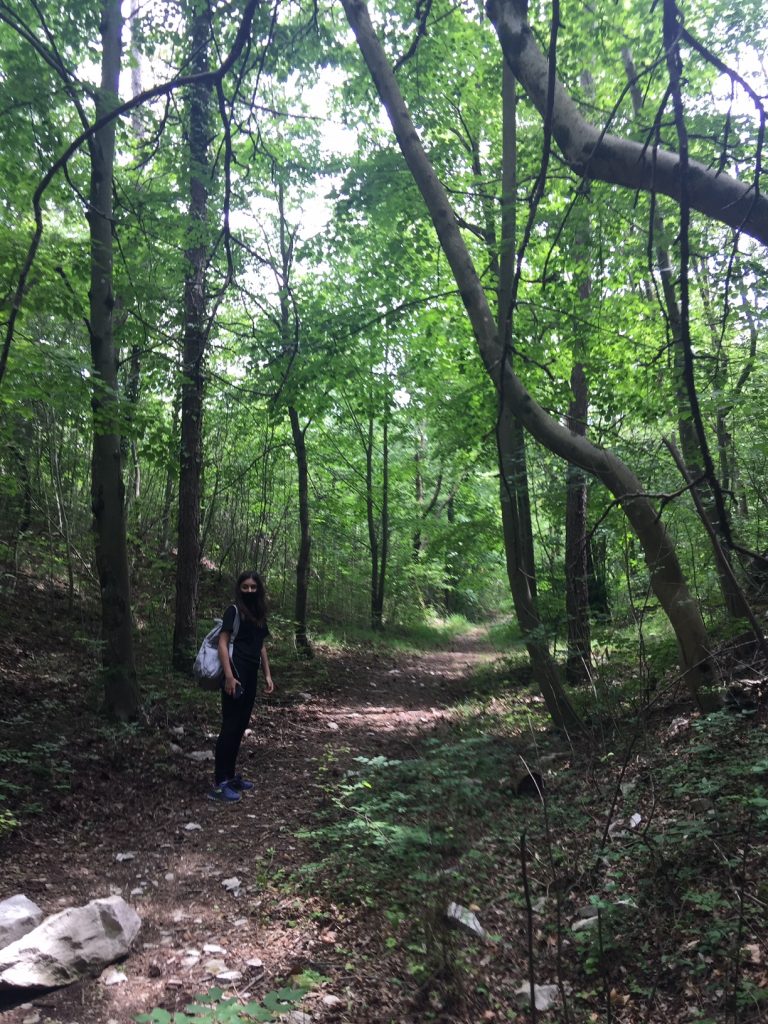
The hill of Opicina with its prime position on the sea and land, was considered one of the key defense areas and soon became one of the most fortified of the Adriatic littoral. In Opicina today you can still visit some of these fortifications; in particular, two separate bunker sites near the village, immediately past the obelisk, that are still well-preserved. They will definitely satisfy your thirst for adventure.
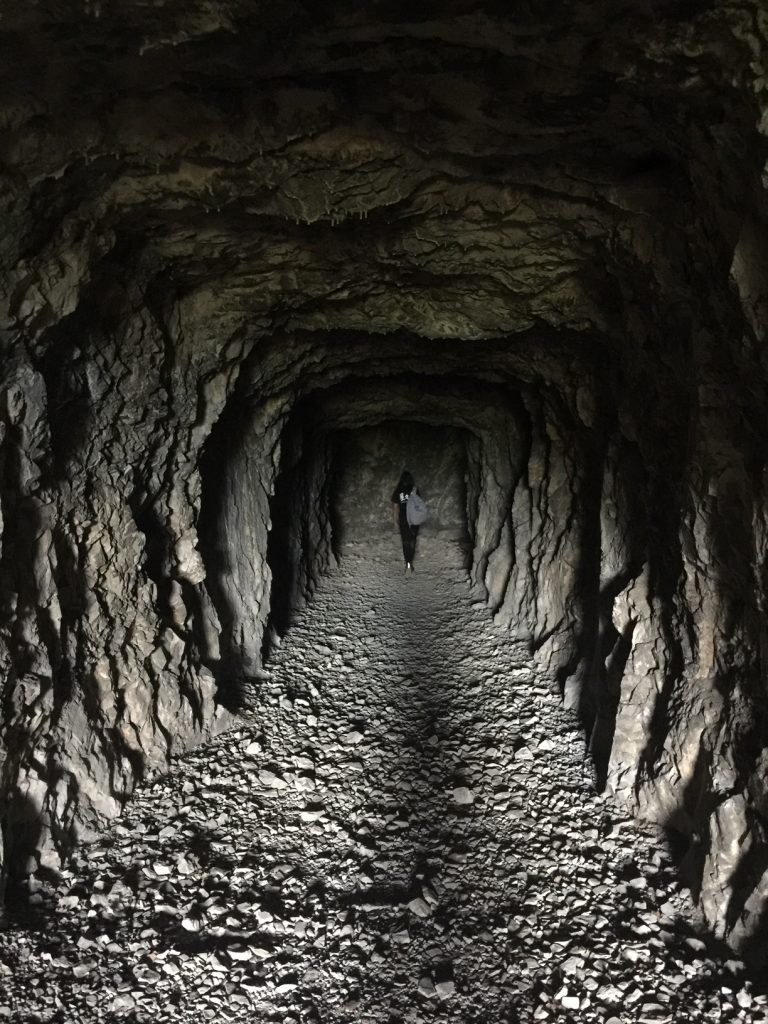
The first site is located near the parking lot, on your right, at the first 4-way intersection heading towards Opicina Village from the obelisk. You can also reach it by bus #2. From the parking lot follow a narrow, paved road for about 100 meters, and take the only trail uphill for about 5 minutes. It will lead you to a plain where you will easily recognize several trenches in the woods.
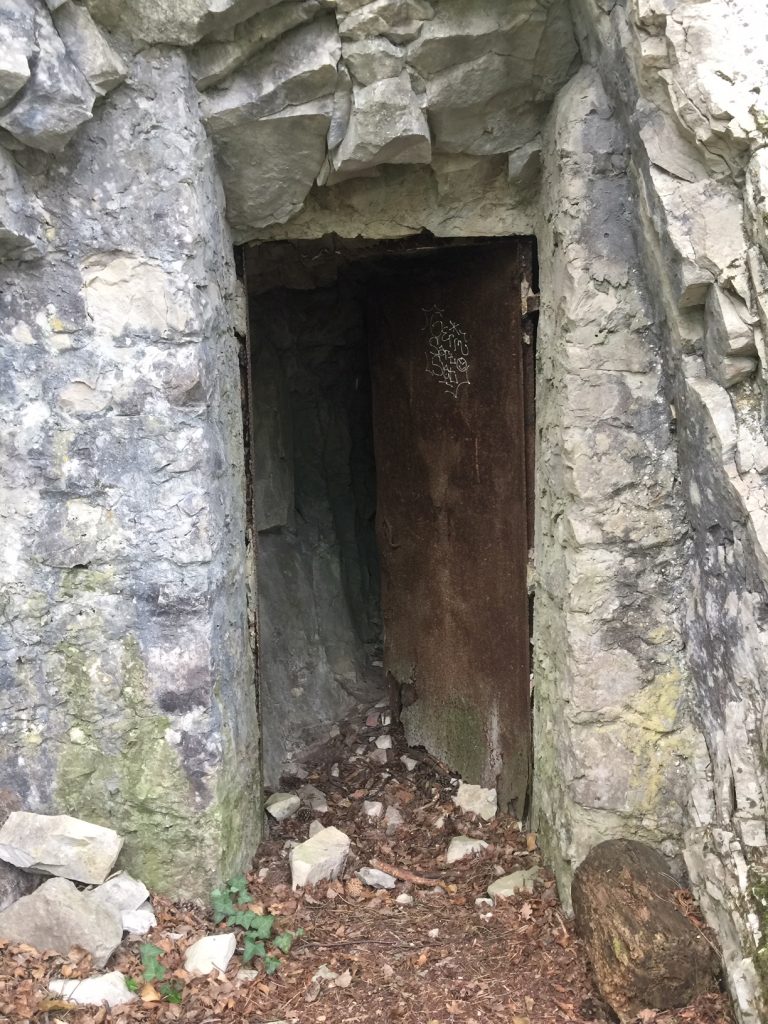
On the hillside you will see, not far from one another, entrances to the bunkers, one still showing its original metal door. Do not be afraid to explore inside. There are no hazards, no dangerous insects, and no ghosts! They are long, impressive tunnels dug in the rock, where narrow passages and rooms, some made of cement, open left and right.

You will need hiking shoes and a good flashlight (the one on your mobile phone won’t do). A helmet may also be a good idea. The ceilings are quite high, but entrances and exits are low and require some care to avoid hitting your head. Walk through the spooky tunnels — they all lead to a different entrance — some of which will take you to the other side of the hill from where you can enjoy a sea view from the steep cliff.
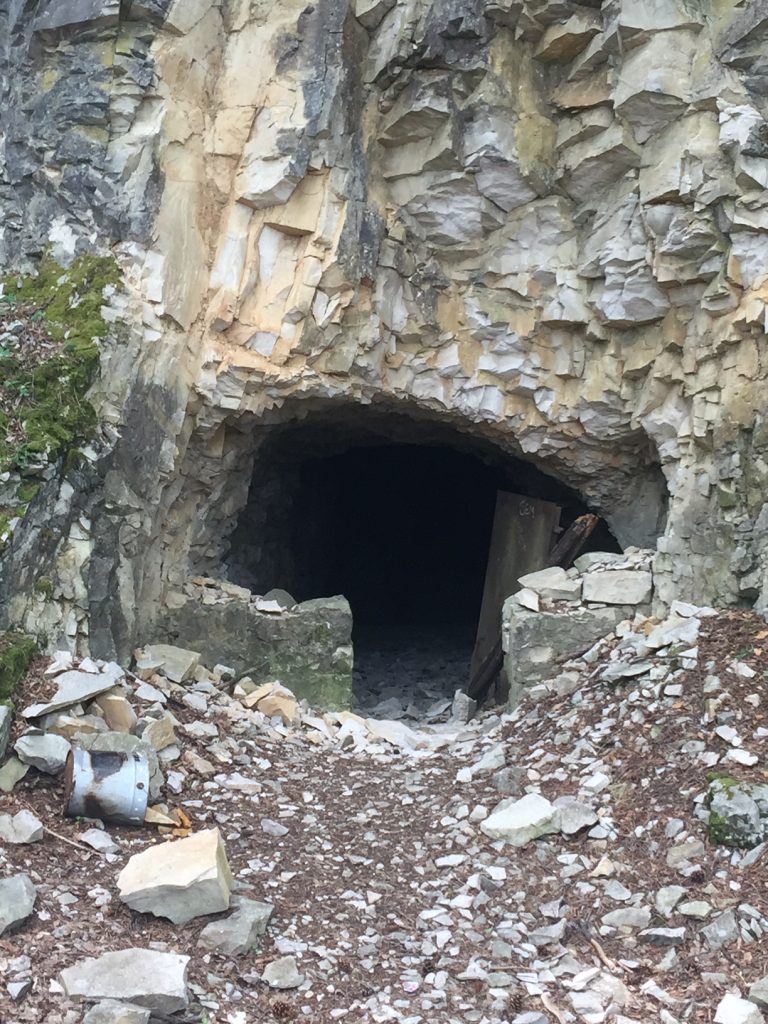
The tunnels are like a pitch-dark maze, but no matter how much you try to get lost, you will always end up finding your way out. There are several dead ends due to old landslides, and 4 entrances to tunnels along this plain, each with something interesting and different to see.

German troops lived and fought here up to the Battle for Opicina at the beginning of May 1945. Yugoslav and German troops faced each other and there were hundreds of casualties. Many German POWs captured by Tito’s men during those days in Opicina were later found dead in the nearby “Foiba of Monrupino”. Foibas are natural, vertical pits at ground level, common on Karstic land. Those infamous pits were used often during the war to dispose of enemies.
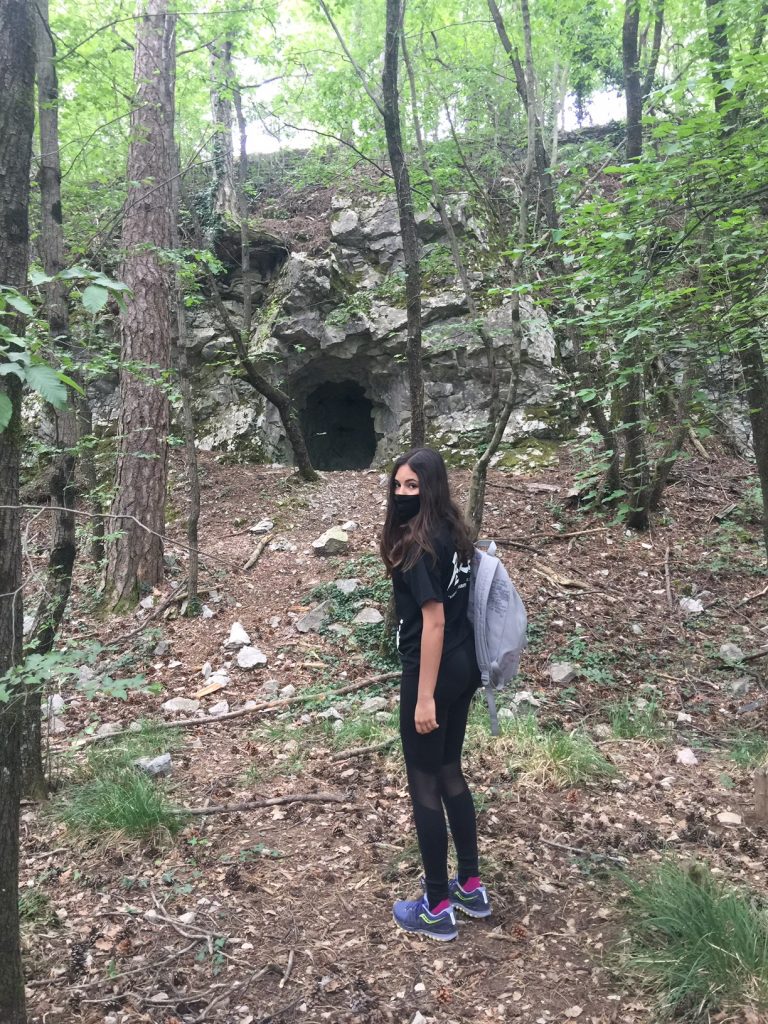
The second set of bunkers is located along the main road between the obelisk and the first intersection. Stay on the side of the obelisk and halfway along this stretch of road you will pass a tram stop. Immediately after the stop on your right (walking towards the obelisk) you will see a large cement dome at ground level just off the road. That is the roof of a pillbox positioned at the entrance to the bunkers. Follow the trail from the pillbox into the woods and you’ll soon see, on your left, more entrances to yet more tunnels. This set is also quite striking and safe to explore. Watch your step inside as some rooms contain low walls, probably the remains of original storage rooms.

























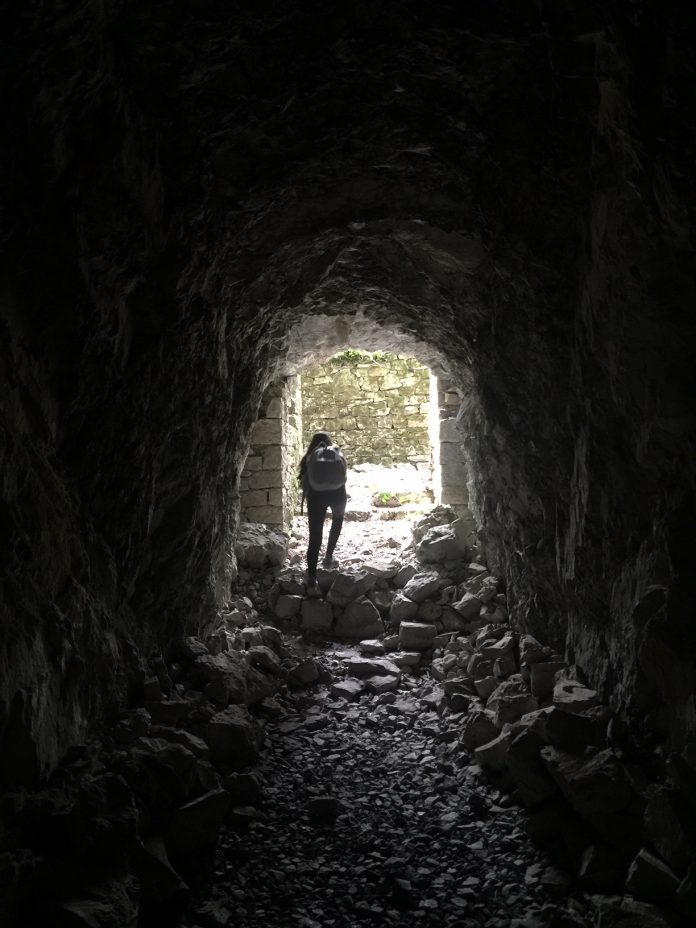




Very interesting, Alessandra. I’ve hiked there many times, but have never seen the bunkers. Will keep an eye out next time.